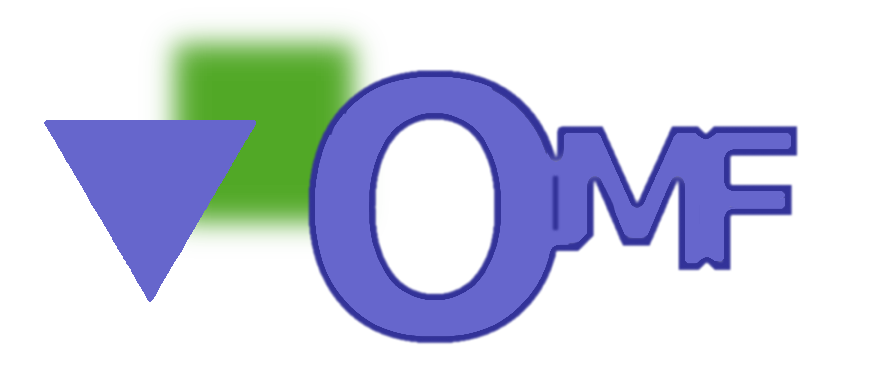| 5 | | In an OMF testbed, everything is a resource. The entity that controls one or multiple resources is called Resource Controller (RC). The RC can run directly on the resource (e.g. a PC), or run on a separate computer that can control the resources (e.g. a bunch of sensor nodes or an |
| 6 | | |
| 7 | | All communication in OMF is done via !Publish/Subscribe (!PubSub). By default OMF uses AMQP for that, but other messaging layers such as XMPP are supported. Each OMF component must be able to talk to at least one !PubSub server, although there can be multiple |
| | 7 | In an OMF testbed, everything is a resource. The entity that controls one or multiple resources is called Resource Controller (RC). The RC can run directly on the resource (e.g. a PC), or run on a separate computer that can control the resources (e.g. a bunch of sensor nodes or an !OpenFlow switch). OMF is designed to support many different types of resources, and additional RCs for those resources can make use of our OMF APIs. |
| | 8 | |
| | 9 | All communication in OMF is done via !Publish/Subscribe (!PubSub). By default OMF uses AMQP for that, but other messaging layers such as XMPP are supported. Each OMF component must be able to talk to at least one !PubSub server, although there can be multiple !PubSub servers used in an experiment. The examples in this guide are using XMPP. |
